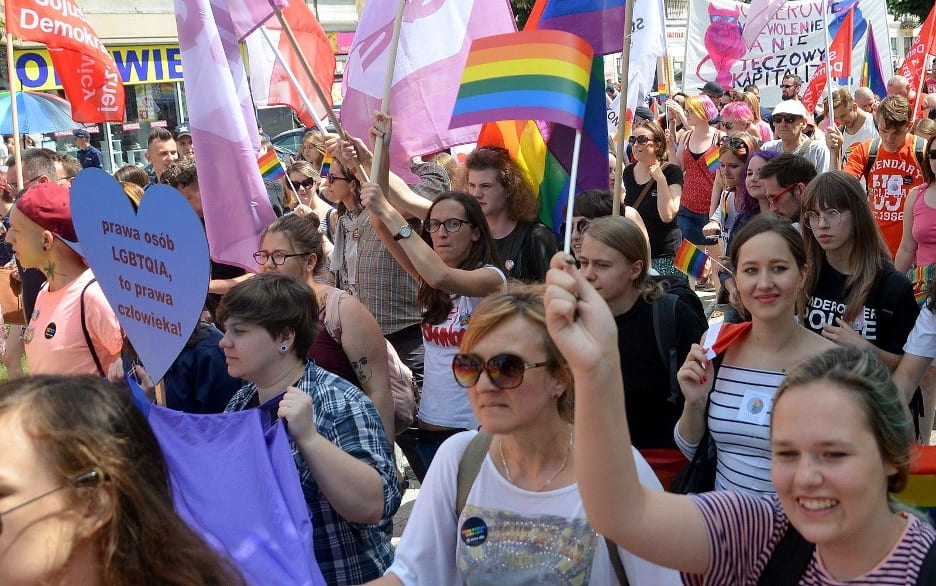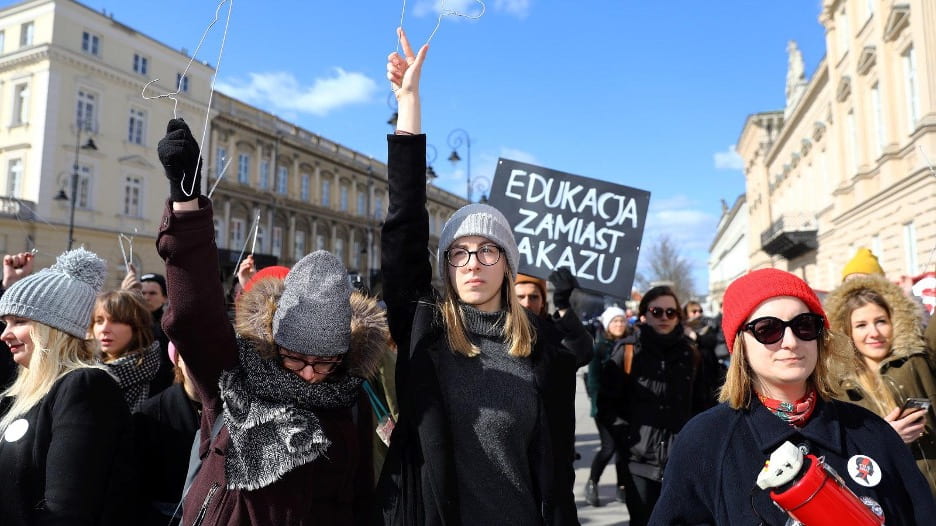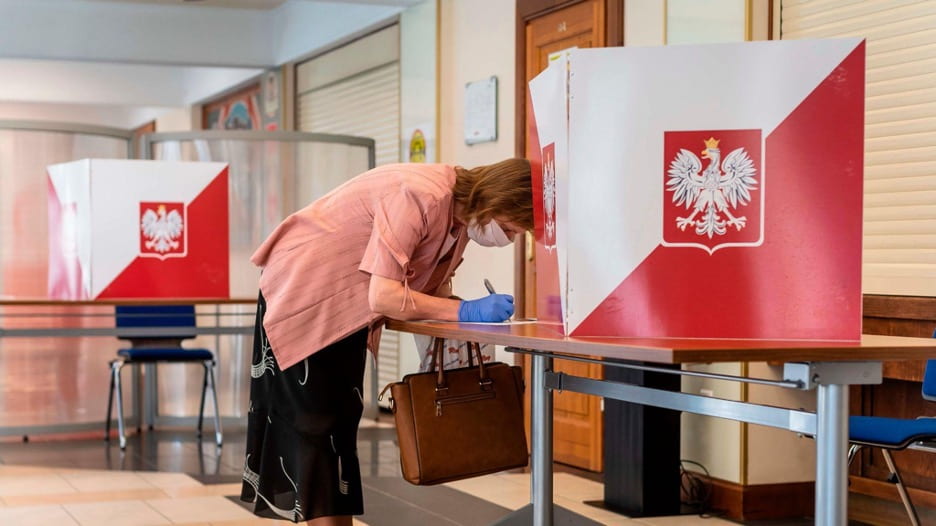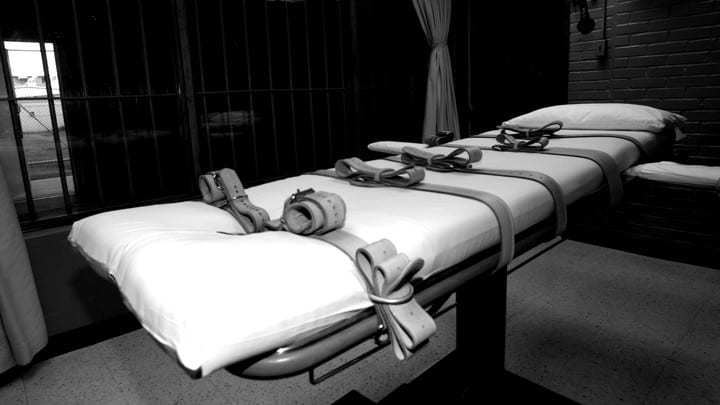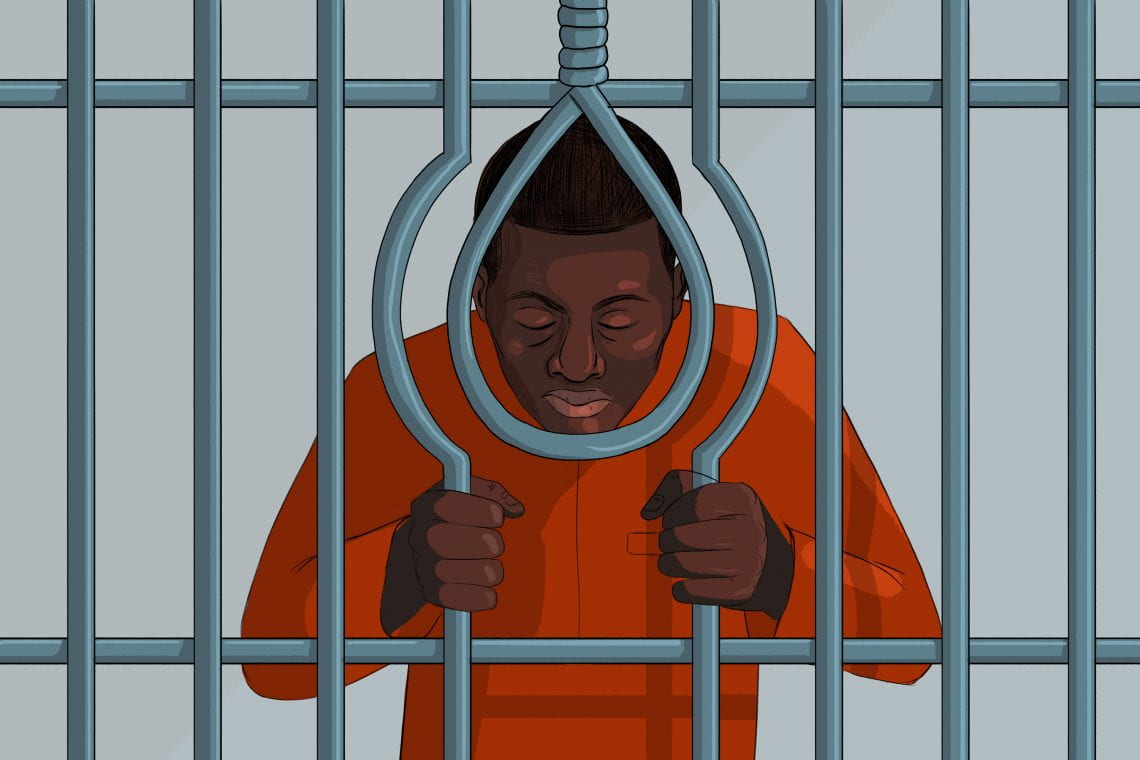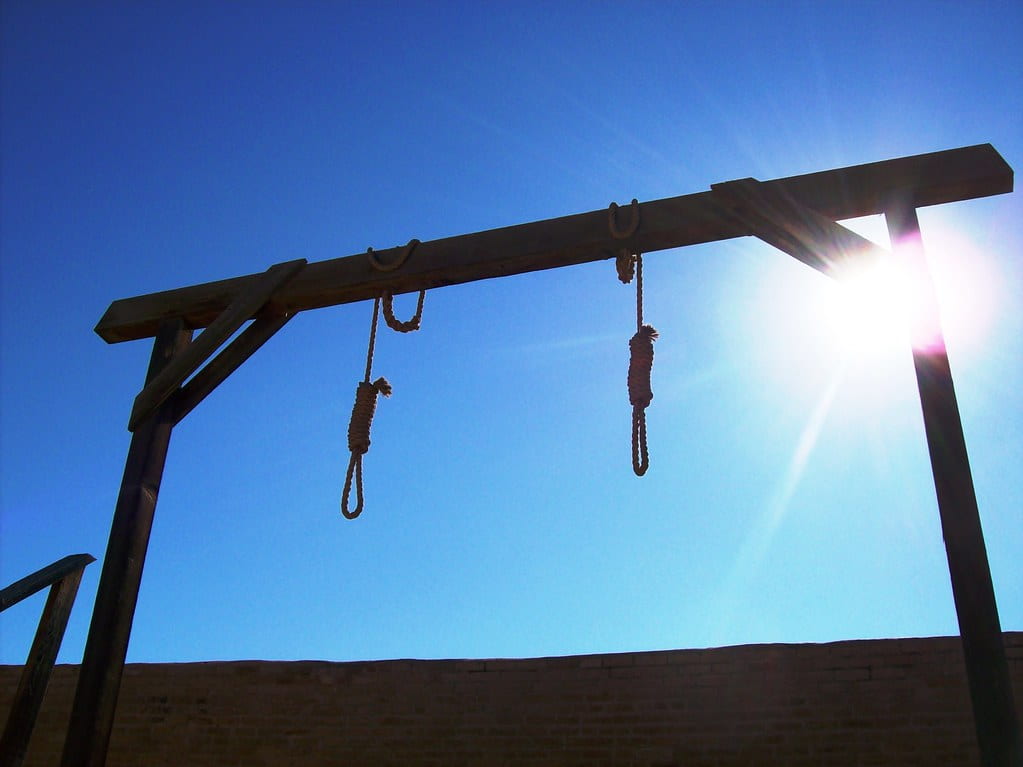Overview
Facial recognition technology has become a powerful tool in the last ten years, with uses ranging from improved security to personalized customer experiences. However, concerns about its potential for abuse have been voiced worldwide. This has not been more apparent than during Hong Kong’s pro-democracy demonstrations in 2019. The state used sophisticated monitoring techniques to suppress dissent, leaving protesters to contend with a nightmarish reality. This article will explore the use of facial recognition technology during these events, the protesters’ responses, and the broader civil liberties implications.

Facial Recognition Technology as a Tool for Suppression
By analyzing a person’s facial traits with extensive databases, face recognition technology helps police identify individuals. Although the technology is supposedly employed for public safety, its darker side was brought to light during the protests in Hong Kong. During the demonstrations, the semi-autonomous province was also able to utilize facial recognition technology, which the Chinese government has been known to use to track its citizens.
The protesters were aware that participating could result in arrests or other consequences, like being barred from future work or school opportunities. There was reason to be concerned; according to reports, officials monitored and identified participants using facial recognition cameras placed across the city. Due to fear for their safety, many were discouraged from joining the movement.
Authorities allegedly deployed law enforcement to protest hotspots using real-time video data alongside overt monitoring. This made it possible to crack down quickly, which deterred involvement even more. The protesters’ awareness of these strategies intensified the tense environment and emphasized the dangers of criticizing their government.
Protesters’ Countermeasures Against Surveillance
Understanding the risks posed by facial recognition technology, protesters adopted innovative and sometimes unconventional tactics to shield their identities. Three key countermeasures stood out:
- Face Coverings and Laser Pointers
Protesters used masks, goggles, and other facial coverings to obscure their identities. This method effectively counteract facial recognition technology, which relies on unobstructed views of key facial landmarks. To further disrupt surveillance, they employed handheld laser pointers aimed at cameras, which blurred the recorded footage. This tactic was particularly effective in public areas heavily monitored by government-operated cameras.
These measures gained even more importance when the Hong Kong government enacted a ban on face coverings during protests in October 2019. The move was seen as an attempt to weaken the protesters’ ability to avoid identification, forcing them to weigh the risk of legal penalties against their need for anonymity.

- Dismantling “Smart” Lampposts
Another tactic involved physically dismantling infrastructure suspected of housing surveillance tools. Protesters targeted “smart” lampposts, which were equipped with cameras and sensors capable of collecting data. In August 2019, demonstrators tore down these lampposts in Kowloon, suspecting they were being used for facial recognition and other surveillance purposes. This act of resistance underscored the deep mistrust between protesters and authorities. These lampposts became symbolic targets in the fight against surveillance.
By removing these lampposts, protesters sent a powerful message against the encroachment of state surveillance into public spaces. The act also demonstrated the lengths ordinary citizens were willing to go to protect their freedoms in the face of technological oppression.
- Umbrellas and Creative Shields
Umbrellas, a defining symbol of Hong Kong’s earlier Umbrella Movement in 2014, made a resurgence as tools for privacy. Protesters used them to block cameras from capturing their faces, forming makeshift shields during confrontations. Umbrellas were especially useful in densely monitored urban areas. This method combined practicality with a symbolic nod to the city’s history of resistance.
Protesters also adapted other everyday items for use against surveillance. Aluminum foil, reflective materials, and even thermal blankets were used to obscure heat signatures and reflect camera images. These creative solutions highlighted the ingenuity of the demonstrators as they adapted to an ever-evolving surveillance landscape.
The Broader Implications of Surveillance Technology
The events in Hong Kong serve as a cautionary tale about the unchecked use of facial recognition technology. While the technology can offer benefits to law enforcement and public safety, its misuse can severely curtail civil liberties. Below are some of the broader implications:
- Erosion of Privacy
The pervasive use of facial recognition technology threatens the fundamental right to privacy. In Hong Kong, protesters’ every move was potentially monitored, creating an environment of constant surveillance. Such practices set a dangerous precedent for governments worldwide, particularly in authoritarian regimes where dissent is often criminalized.
- Suppression of Free Speech
The fear of identification and subsequent retaliation stifles free expression. In Hong Kong, many potential protesters chose to stay home rather than risk being identified by facial recognition systems. This undermines the principles of democracy and freedom of speech, cornerstones of any free society.
The suppression of free speech extends beyond the immediate protest environment. Surveillance tools can be used to identify individuals who post dissenting opinions online or participate in virtual activism. The integration of online and offline surveillance poses a new level of threat to freedom of expression in the digital age.
- Exportation of Surveillance Tools
China’s use of facial recognition technology in Hong Kong is part of a broader trend of exporting such tools to other countries. Nations with authoritarian tendencies may adopt similar methods, enabling the global spread of surveillance states. The Hong Kong protests highlight the urgent need for international regulation and oversight.
Furthermore, the proliferation of surveillance technology raises questions about its commercialization. Private companies developing these tools often operate with minimal oversight, making it easier for governments to acquire and misuse them. Addressing this issue requires not only legal reforms but also greater ethical accountability within the tech industry.
Calls for Regulation and Ethical Use
The Hong Kong protests have amplified calls for stricter regulations governing the use of facial recognition technology. Advocates argue for a global framework that balances the benefits of the technology with protections for individual rights. Key recommendations include:
–Transparency: Governments and organizations should disclose how facial recognition data is collected, stored, and used.
–Accountability: Mechanisms should be in place to prevent misuse and hold violators accountable.
–Consent: Individuals should have the right to opt out of facial recognition systems where feasible.
–Independent Oversight: Third-party audits can ensure compliance with ethical standards.
These measures require international cooperation and enforcement to be effective. A united global stance against the misuse of facial recognition technology can help ensure that it is used responsibly and ethically.
Moving Forward
The 2019 Hong Kong protests revealed the double-edged nature of facial recognition technology. While it holds promise for improving security and convenience, its misuse can have devastating consequences for individual freedoms and democratic movements. The countermeasures adopted by protesters, from face coverings to dismantling surveillance infrastructure, reflect a broader struggle for privacy and autonomy in an increasingly monitored world.
As facial recognition technology continues to evolve, the lessons from Hong Kong serve as a reminder of the need for vigilance. By advocating for ethical practices and robust regulations, society can harness the benefits of this powerful tool while safeguarding the rights and freedoms that define us. The time to act is now, before surveillance becomes an irreversible norm.
The Hong Kong protests are not just a localized struggle; they are a symbol of resistance against the encroachment of state power through technology. The courage of these protesters underscores the universal importance of privacy, freedom, and democracy in the face of technological oppression.














![[Image 2] The Search Commision and the organization "Buscando Hasta Encontrarte" (Searching until I Found You) signed a covenant to strenghten searches. Source: Yahoo Images.](http://desdeabajo.mx/wp-content/uploads/2021/04/CBPEH-BHE-1-848x478.jpeg)
![[Image 3] The Nydia Erika Foundation. Source: Yahoo images.](http://web.nydia-erika-bautista.org/wp-content/uploads/Yanette-Bautista-con-el-retrato-de-su-hermana-Nydia-Foto-Contagio-Radio.jpg)
![[Image 4] Protests against the high women homicide rates in Mexico. Source: Yahoo Images.](https://www.sdpnoticias.com/resizer/v2/3OJI3IAWJJHDLCLNWN4YKCCLIM.jpeg?smart=true&auth=00ad1072f05d3aebb906f30835e78cc2e81e679869847e32c3fcfff8a88f9a81&width=1189&height=755)











